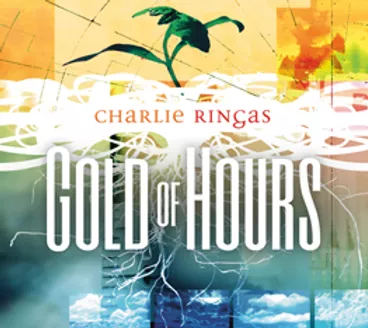
Produced by Charlie Ringas
Conducted by Scott Good
Mesotron Orchestra
Carol Ann Savage – flute
Micah Heilbrunn – clarinet
Larkin Hinder – bassoon
James Freeman – trumpet
Rob Tilley – trombone
Tim Francom – percussion
Mark Duggan – marimba / vibraphone
Julie Loveless – piano
Kristen Theriault – harp
Phoebe Tsang – violin
Cameron Ogilvie – viola
Felix Deak – cello
Peter Pavlovsky – contrabass
Spectra Chorus
Maria Thorburn – soprano
Maria Riedstra – mezzo
Vilma Vitols – alto
James McLennan – tenor
Giles Tomkins – baritone
Stephen Hegedus – bass
Recorded by John Magyar on November 18 + 19, 2005
at the Premiere Dance Theatre, Harbourfront Centre, Toronto.
Mixed, edited and mastered by John Magyar
at Psychospace Sound, February/March 2007.
Remastered by Garnet Willis
at Noisetree Digital Audio, January 2015
Comprising of a Two-Part Suite, Gold Of Hours takes on the shape of traditional form, and only to transform into reconfigured constructs of extended tonality and rhythm. The word text is taken and reworked from ancient aphorisms depicting early creation, and the balance of nature, the law in principles, discovered and written about by investigative minds throughout the ages.
The music here is written for thirteen players and six singers. The traditional chamber model of past is established in sound. However, some new techniques in approach bring into the fold the very and the varied, fusing styles and methods over many time periods, only to transcend them all together.
The first part of the program entitled “Into The Realms” draws on traditional suite form, with a reordering of sequences,and integrating variable meter counts. There are seven pieces with a reprise as eight. Each piece takes on a contrasting mood from the other. allowing the orchestra and the chorus (working in ensemble), to shift gears in the musical spheres given.
The second part entitled “Correspondences” delves into a series of tone rows, continually morphing into and out of each other, with rhythmic densities reaching climaxes only to disappear, and resurface again with new intent. There are five pieces here with the fifth being a reprise of the first.
The second, third, and fourth use the tone rows to explore the meaning of the text in constant transformation.